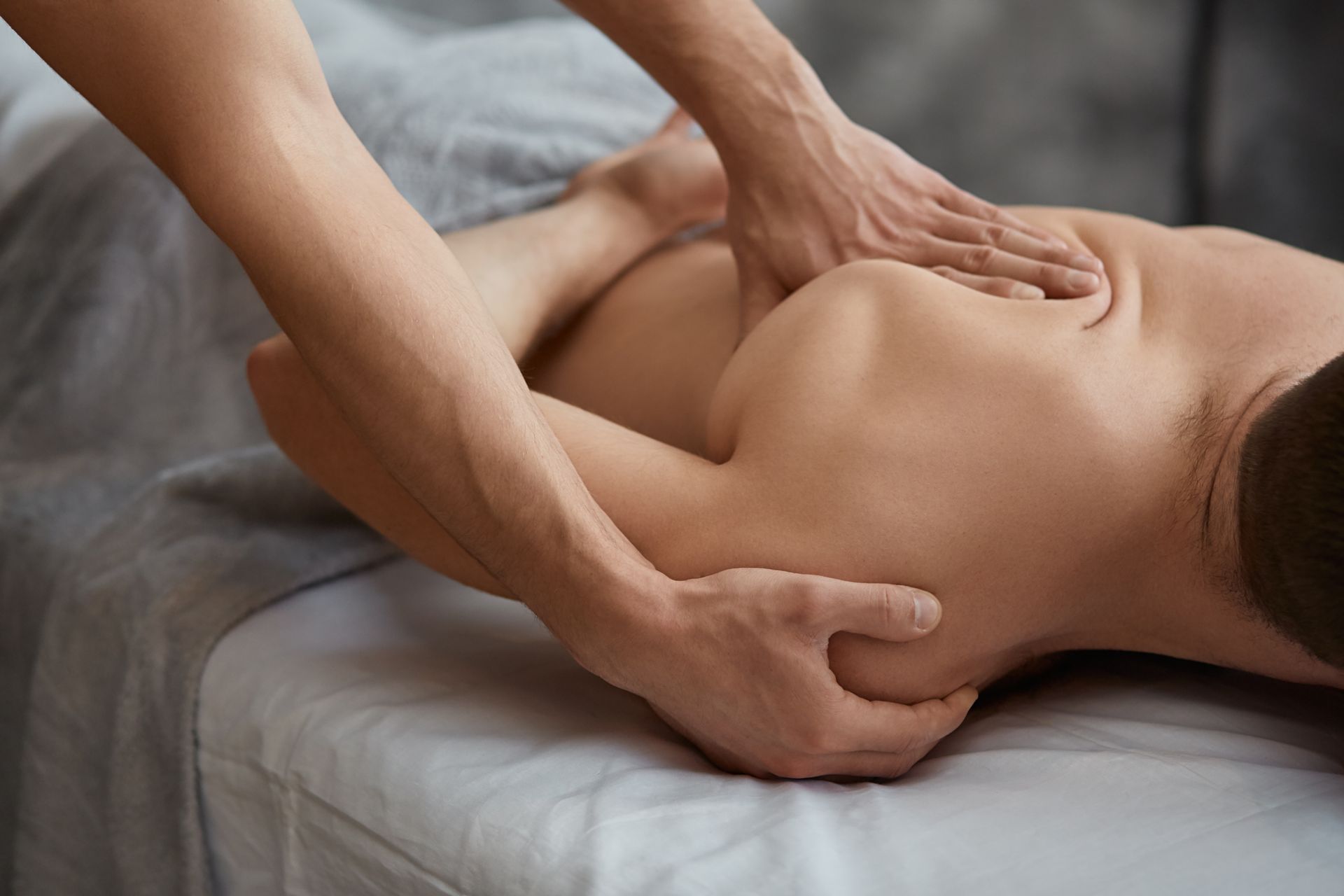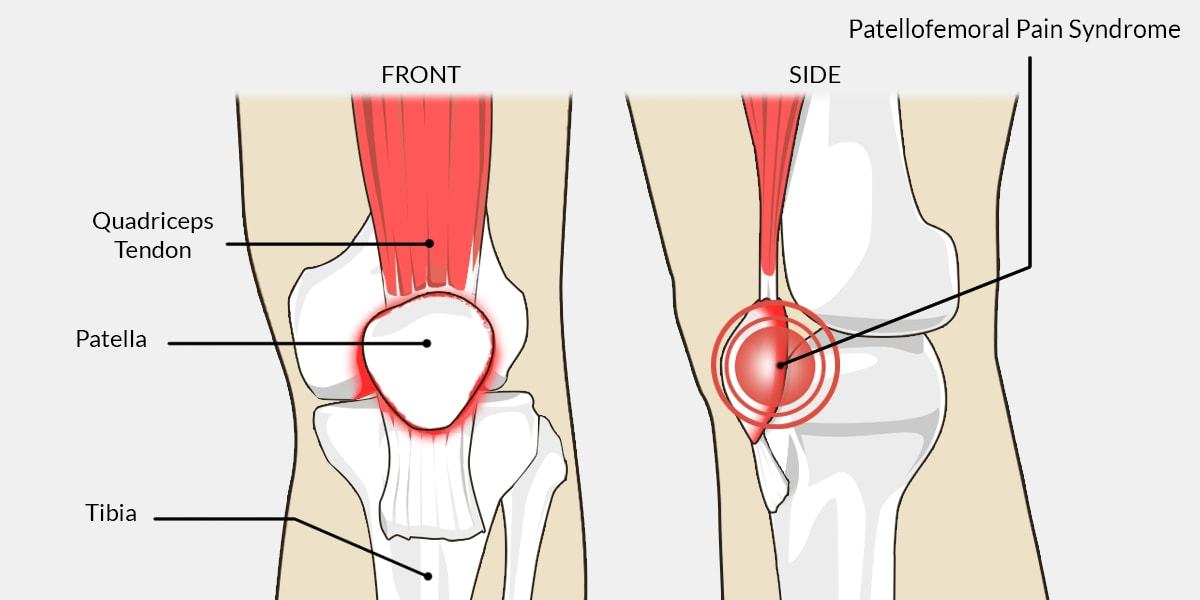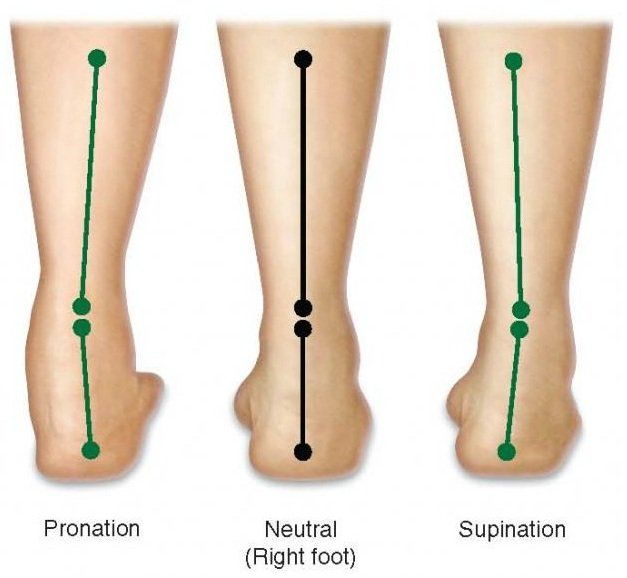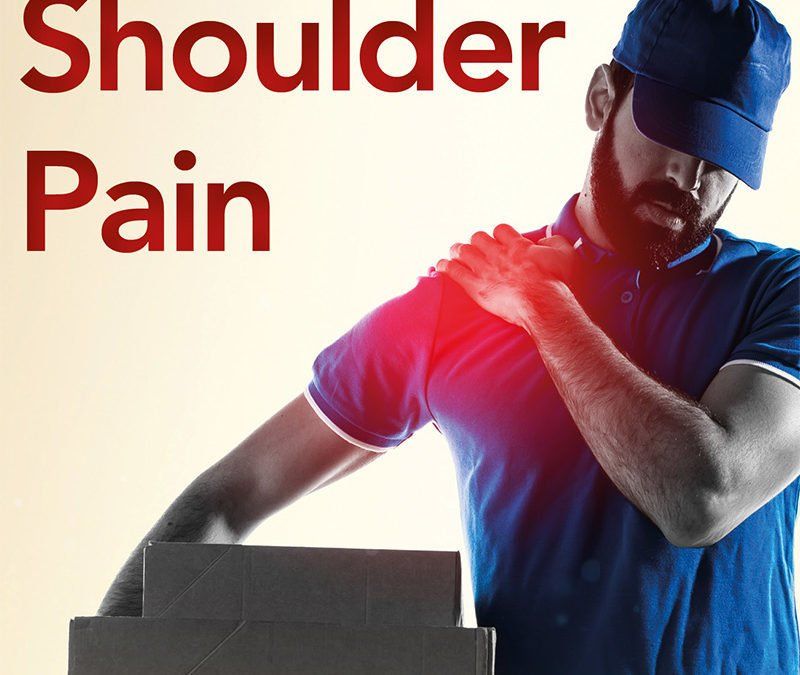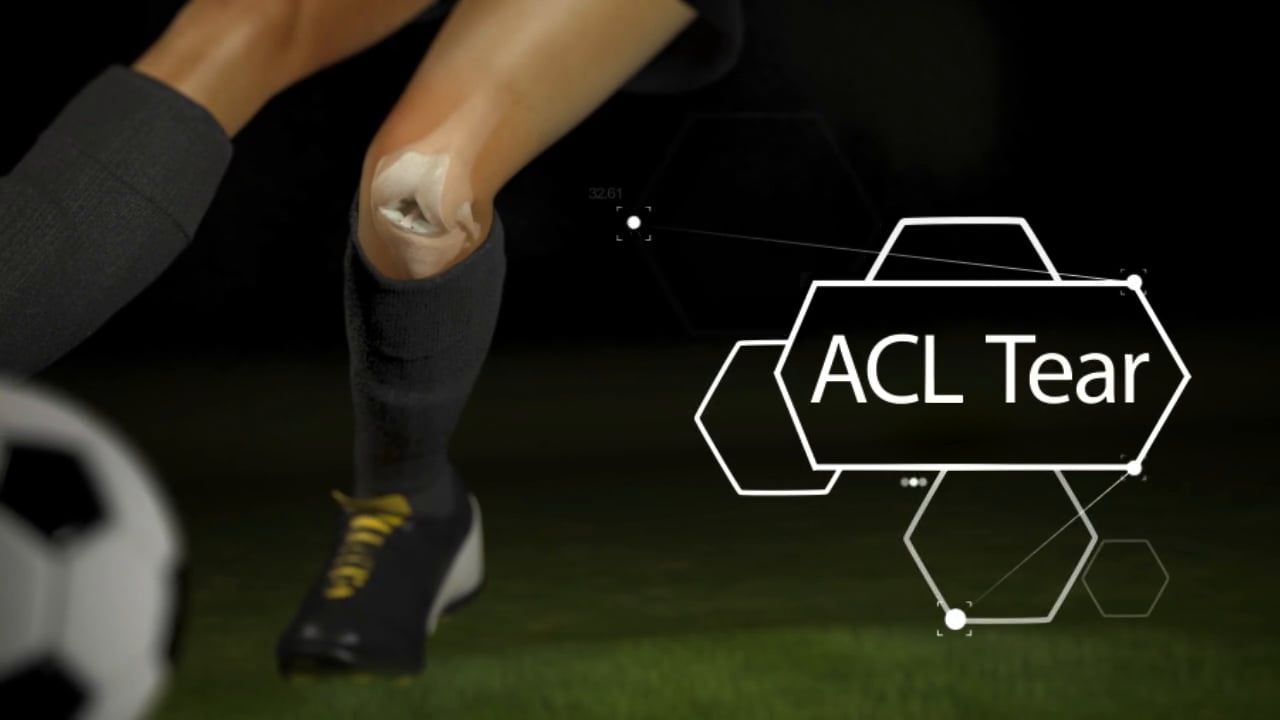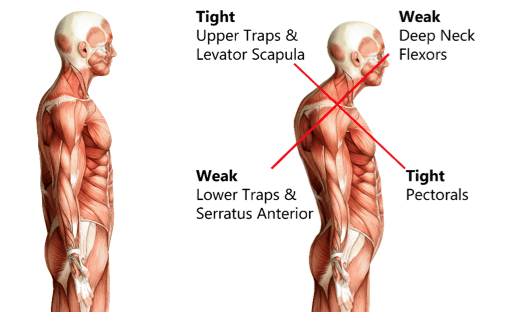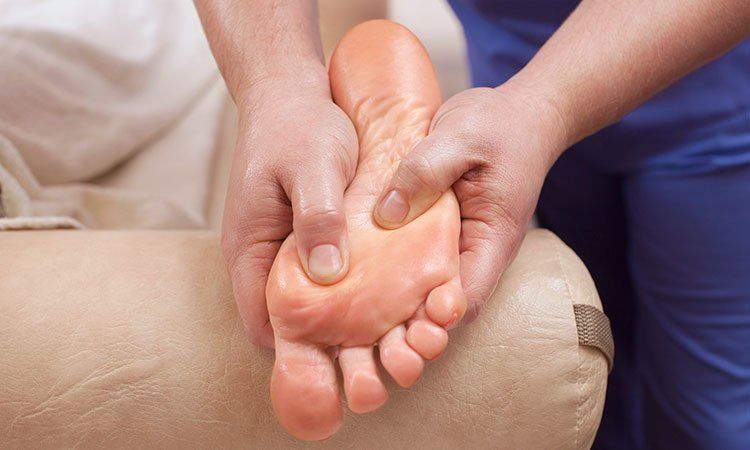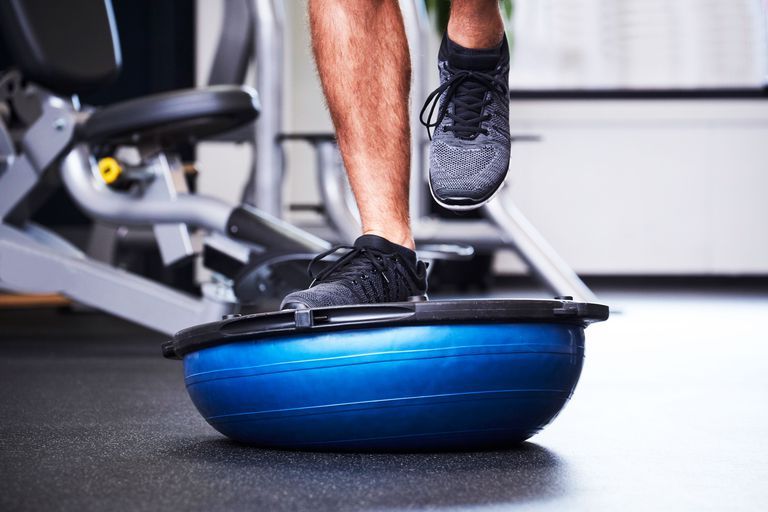Shoulders alignmnt, movements, postural issues, and solutions
Shoulder control and stabilisation
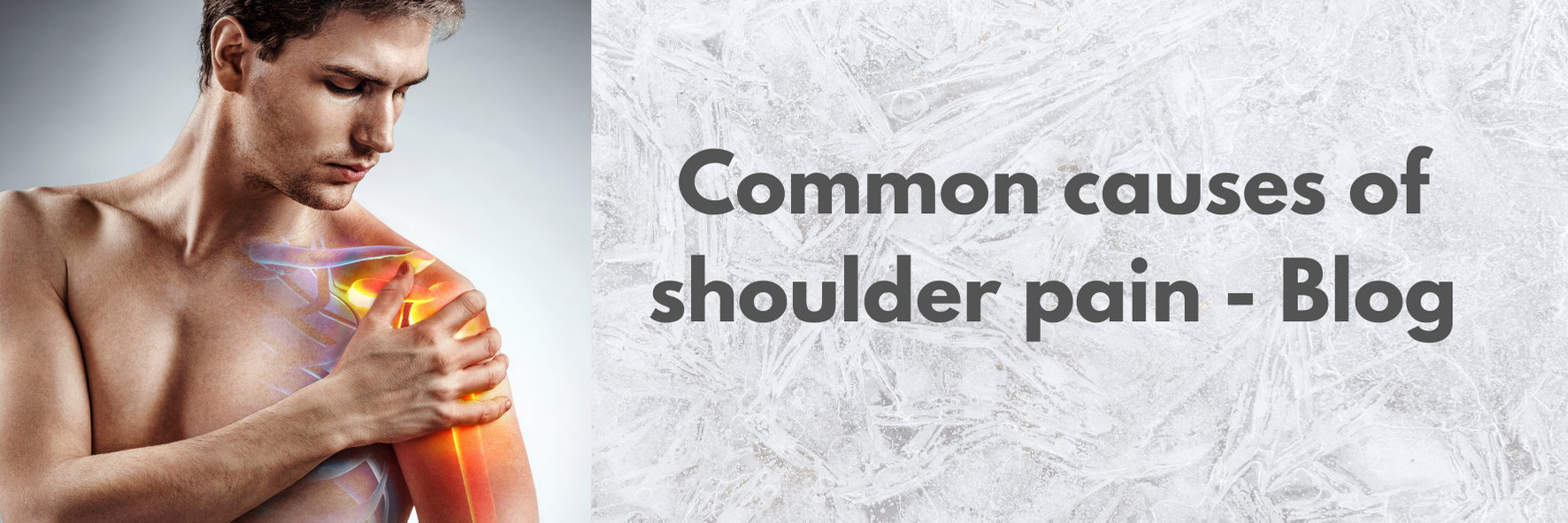
Shoulder pain is a common problem and is often caused by poor posture and poor muscle recruitment. The pain is often aggravated by bad habits and the stresses of everyday life tha taffect posture. This poor positioning promotes fatigue, stiffness and pain in the shoulders, bu talso in the neck and upper back. However, proper placement of the shoulders and upper back can largely eliminate or prevent these symptoms.
Rib cage placement in standing position
The shoulders rest on the rib cage. A healthy placement of the shoulders starts with a healthy placement of the rib cage. When standing, the head should be above the ribcage, the ribcage above the pelvis, and the pelvis above the feet. This verticality of the structures helps with the placement of the shoulders. The rib cage and the pelvis are connected with the help of the engagement of the transverse abdominal muscles (deep abdominal muscles).
This muscle activation holds them into a solid structure. This will act as the base for shoulders in
their optimal position.
The placement of the shoulder -shoulder blades and collarbones-
With both arms along the body, the ideal placement of the shoulders would be at 90 degrees angle between the neck and the shoulders. It is therefore necessary to avoid raising the shoulders (shoulder blades, collar bone and head of the shoulder bone) towards the ears, which would cause a contraction of the upper trapezius muscles and therefore pain and stiffness in the neck. Pushing the shoulders down should also be avoided, as the overstretched neck muscles will hurt overtime and shoulder conditions could develop such as tendinopathies or impingement syndrome.
In addition, it would be necessary to have a healthy collar bones/chest opening. This helps prevent the shoulders and upper back from rolling forward. By opening the chest wide, the shoulder blades should feel a little closer, without overtightening them in back. However, the shoulder placement described above can be very difficult or even impossible to obtain if there are muscle imbalances.
In summary, shoulder control and stabilisation improve upper back strength, help decrease discomfort and compensation in the neck and shoulder muscles, and improve posture which can promote well-being. All these rely on healthy upper back alignment in order to facilitate a healthy placement of the shoulders. In addition, muscular strength balance is essential to this placement in order to allow the different structures to hold in place.
Our team of specialists is able to help you work on strengthening the weaker muscles and loosen the stronger muscles. We can help you regain the balance of the forces between the different muscle groups which will facilitate the placement of your shoulders.
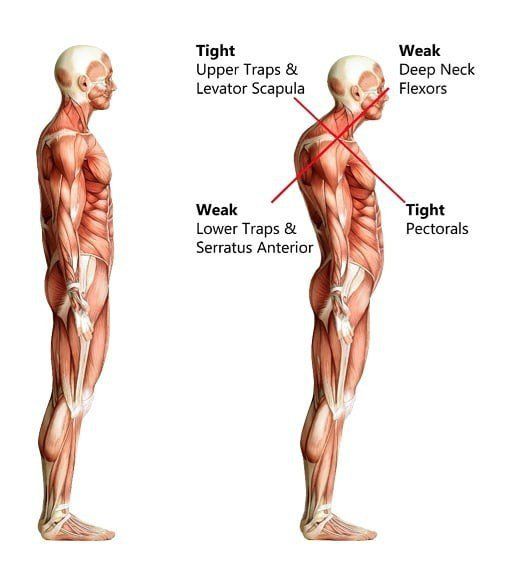
Shoulder pain
The shoulder is dedicated to the orientation of the hand in space. It is very mobile and stable at the same time, however this joint is very exposed to sports injuries and/or pain related to daily activities engaging it.
WHY DO I HAVE SHOULDER PAIN?
Your shoulder pain can have many causes:
- The consequence of a trauma, when the pain follows a sprain, a tear, a dislocation, a tendon
rupture or a fracture. - Inflammation of the rotator cuff: this is the most common cause of shoulder pain; it can
develop through a natural wear effect linked to aging, or following repeated movements, linked
to a sport you practice or your professional activity. - Shoulder instability caused by your sports practice: some sports favor the appearance of
shoulder instability, in particular those which involve throwing or arming, ie volley ball,
handball, tennis, disc throwing) . Even if you are young and healthy, these activities can
eventually lead to pain. - An inflammatory or degenerative pathology of the shoulder, such as osteoarthritis or
rheumatoid arthritis - Bursitis (inflammatory lesion of the bursae)
- Calcification of the rotator cuff tendons.
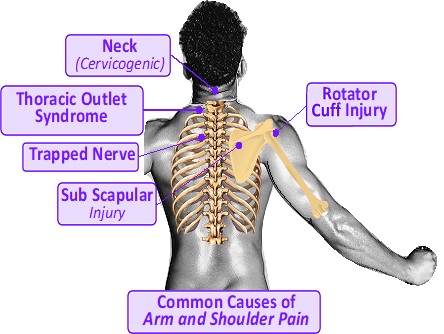
SYMPTOMS OF SHOULDER PAIN
If you suffer from shoulder pain, it can be accompanied by other symptoms which are not always limited to the shoulder itself. The most common ones are:
- More or less intense pain in the shoulder, present with effort, during some movements and
sometimes even at rest. - Radiation of pain in the arm, or even the hand in some cases.
- Shoulder stiffness.
- Swelling (edema).
- Decreased shoulder mobility.
- Decreased arm strength.
- Functional alterations of the shoulder capacities and sometimes of the arm, which would generally affects your daily life.
HOW OUR SESSIONS WORK FOR YOUR SHOULDER PAIN?
Your doctor may have prescribed physical therapy sessions to correct your pain. The objective of shoulder rehabilitation is multiple; it is mainly:
- Pain relief.
- Gradually mobilise and strengthen the painful shoulder.
- Healthy articular amplitude recovery.
Functional rehabilitation is therefore an important part of the work, which can take place:
- In addition to your conservative medical treatment.
- Pre surgery preparation.
- Post shoulder surgery: if you have had an operation, rehabilitation is essential to recover
good mobility.
This rehabilitation can take place in the clinic with the help of massage therapy, manual therapy, other physical therapy techniques to reduce pain and improve the range of movement.
Then begins the actual rehabilitation, by a work of passive mobilization of the shoulder, then of active mobilization, so that you can regain normal sensations and movements.
Our therapists will also teach you how to rehabilitate yourself, by repeating certain exercises to do at home, and adopting the right movements to prevent symptoms. We work with respect of medical guidelines (prohibition of certain harmful movements, need for painless rehabilitation).
WHAT ARE THE CONSERVATIVE TREATMENTS FOR SHOULDER PAIN?
The medical treatment of chronic shoulder pain is based on:
- Joint rest.
- Removal of inappropriate movements.
- Taking medication to relieve pain: your doctor may prescribe non-steroidal anti-inflammatory drugs or analgesics.
Some rare cases may justify resorting to surgery:
- When there is an acute rupture of the rotator cuff, following a trauma.
- For other pathologies, in case of failure of conservative treatment.
DIAGNOSIS OF SHOULDER PAIN AND ADDITIONAL EXAMINATIONS
Following your pain, our specialists are able to find the cause of your pain and make a diagnosis, they will carry out a clinical examination of your shoulder, supplemented by an interrogation.
The questioning aims to qualify your pain and know your history:
- Possible trauma, and if his shoulder is stressed a lot at work or in sport.
- To locate and identify the pain, is it inflammatory, mechanical or nocturnal?
- Associated symptoms such stiffness, inflammation and/or functional impairment.
The clinical examination of both shoulders allows:
- To look for a loss of muscle tone.
- To test all the tendons.
- To measure muscle strength.
- To evaluate the mobility of the shoulder in the different anatomical planes.
- To measure the articular amplitudes.
This first diagnosis already gives an idea of the lesions that can explain the pain. Additional examinations are then carried out to confirm these hypotheses.
For a shoulder chronic pain, we can ask you to perform x-rays, in some cases ultrasound or MRI may be indicated. The imaging assessment can confirm the diagnosis to guide you towards the right treatment.
DONNOT LET PAIN RUIN YOUR LIFE
